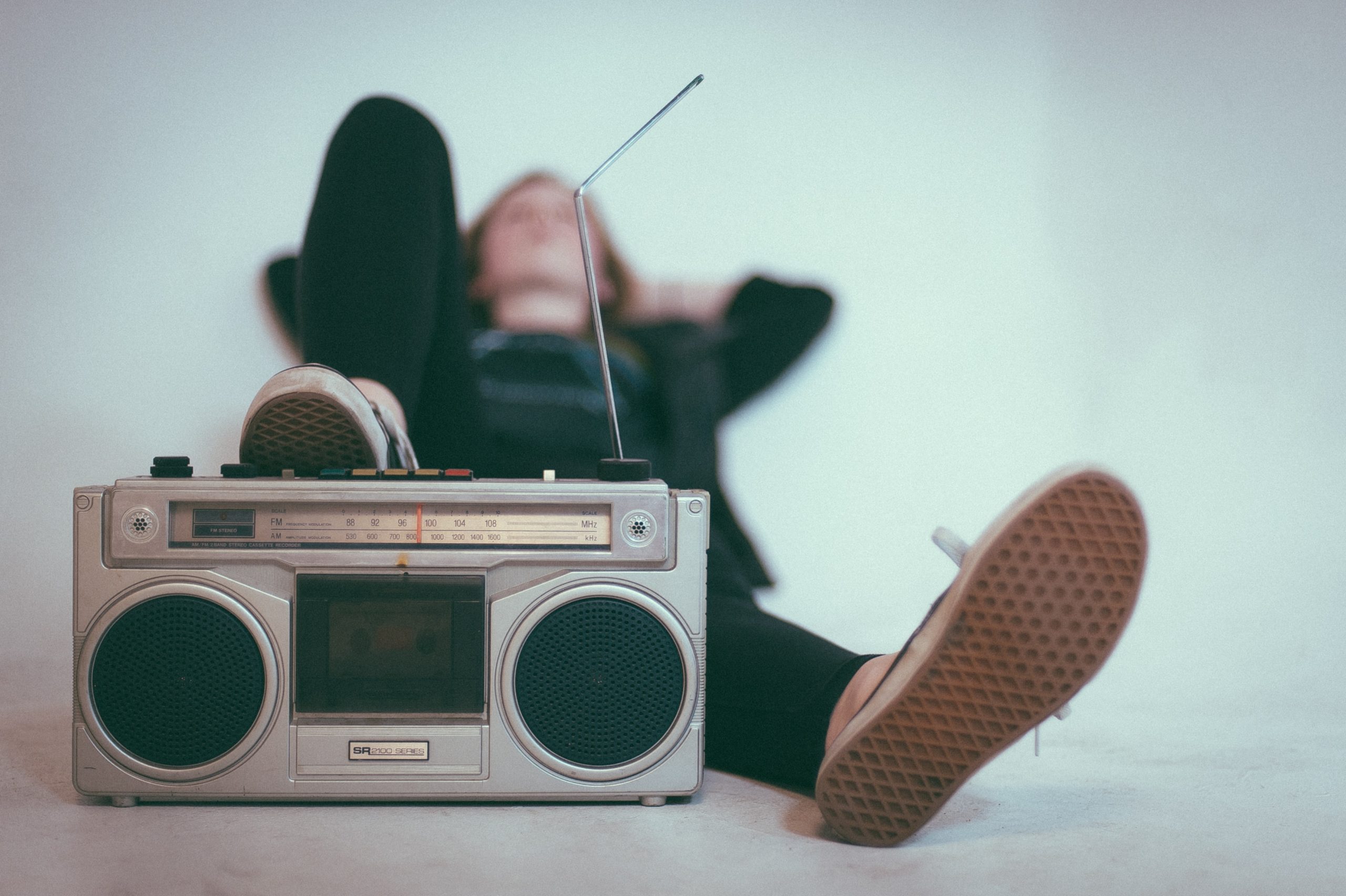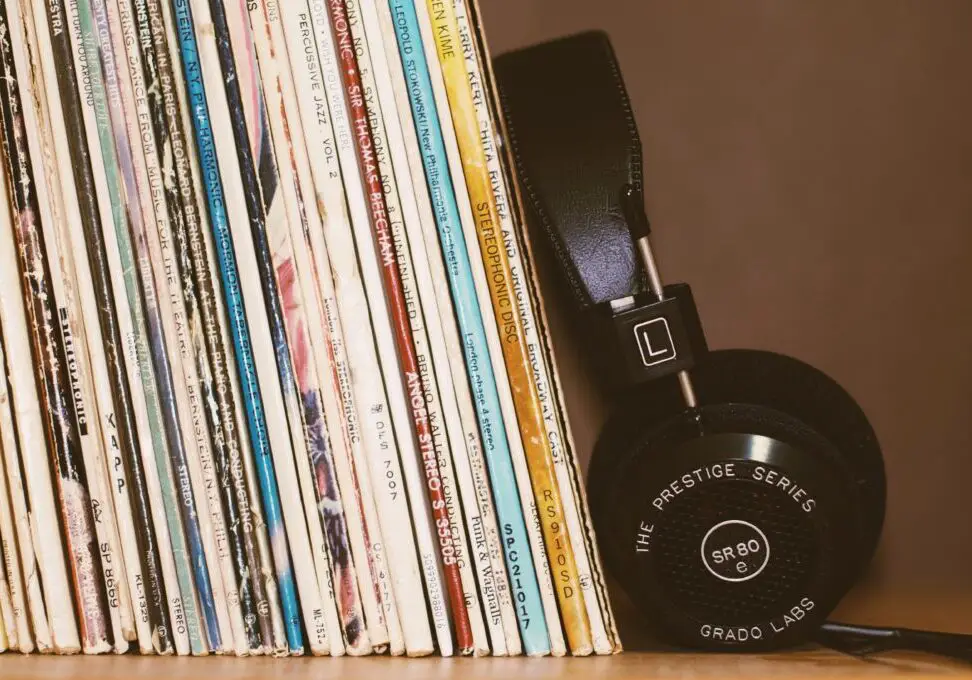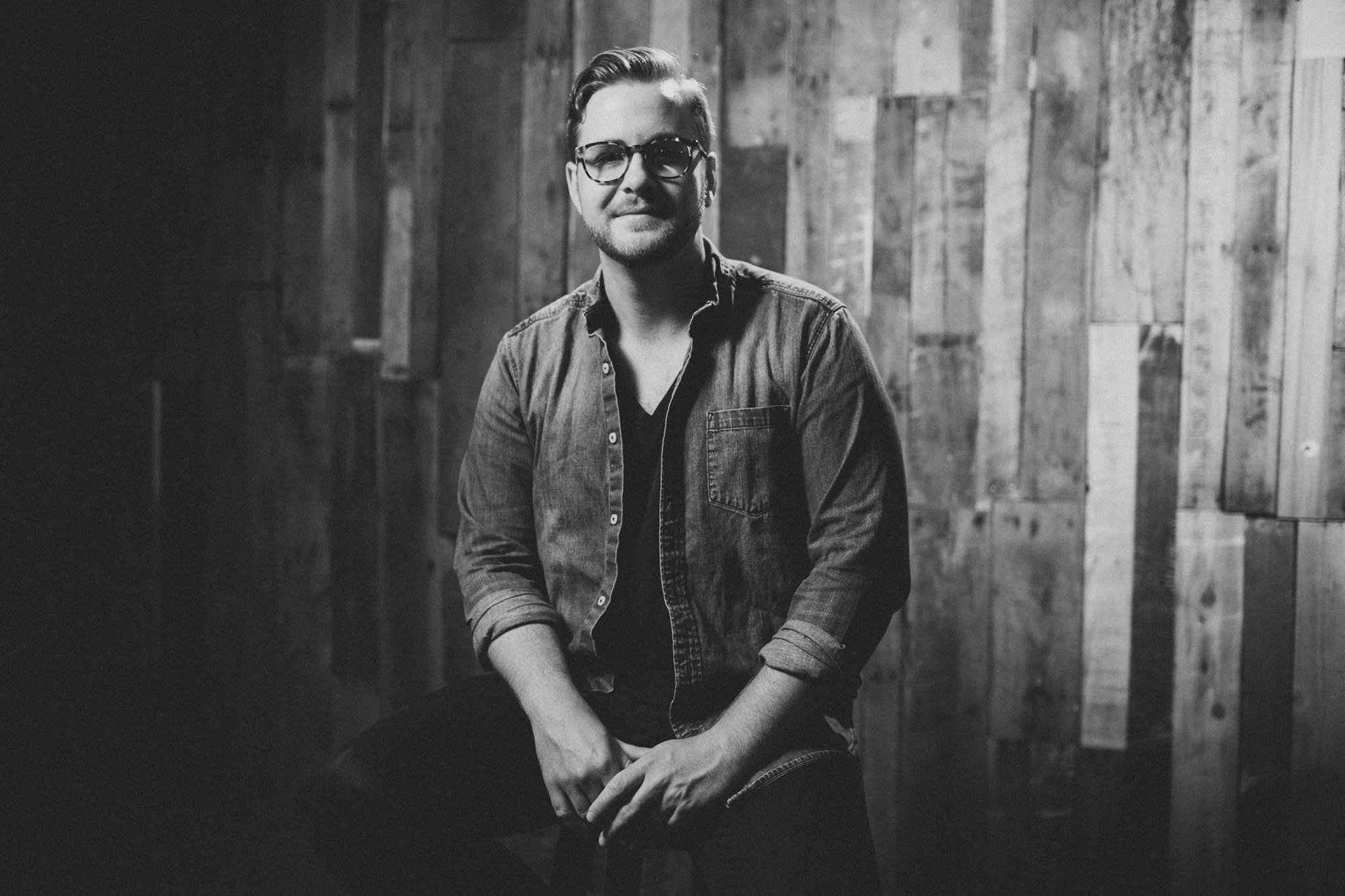Most music fans understand what a chorus of a song is intuitively.
That’s true even if they’ve never studied music.
After all, when you ask someone to sing a song for you, the first thing they’ll often do is belt out the chorus.
But as songwriters, we have to dive a little deeper.
If you want to write great songs, and especially radio hits, then you have to know a few key things:
- Why choruses matter.
- How to use choruses in your songs.
- How to write strong choruses.
We’ll talk about all that in this post and also clear up some common misunderstandings — because when you’re talking to co-writers, producers, or session musicians, it helps to have everyone on the same page.
The time you’ll spend will be worthwhile, because once you understand how to write powerful choruses and use them in your songs, you’ll take your songwriting to the next level.
So let’s start with some quick definitions.
Hook vs. Chorus vs. Refrain
One term that’s frequently misused and misunderstood is “hook.”
So what is a hook?
In a song, the hook is any musical part that’s cool, catchy, memorable, and repeated frequently throughout a song. A hook could be a guitar riff, a bass line, a funky rhythm, an interesting melody, a captivating vocal phrase, even a flute motif — any musical element that sets your song apart.
The term hook is also often used to refer to an entire chorus or part of a chorus — say for example, your song’s title. That’s where a lot of the confusion comes in.
While you’ll only have one chorus in any song, you can have multiple hooks.
But when you hear songwriters say, “Write to the hook,” they mean to center your lyrics around either your song’s title or the main concept or theme, the part of the chorus that’s strongest.
When you’re first starting out, it’s important to understand why you need hooks and how to write them. But don’t stress — even two or three memorable hooks per song are great. As you gain more experience, you can definitely experiment with adding more.
The best way to understand a hook is through examples.
- Rhythm: The stomp, stomp, clap from “We Will Rock You” by Queen
- Instrumental: The intro guitar in “Starting Over” by Chris Stapleton
- Vocal: The chorus and bridge from “Happy” by Pharrell Williams
- Memorable lyric: “Tonight we’re gonna party like it’s 1999” by Prince
What is a refrain?
The term refrain is also often used interchangeably with chorus, but the two aren’t technically the same.
A refrain is a general term for a section of the song that repeats. So while all choruses are refrains, other parts of your song that repeat could also be considered refrains.
Next up…
What is the Chorus of a Song?
A chorus is the main, best, and most often repeated hook in your song.
It usually includes your theme and ties together your song’s narrative.
The purpose of your chorus is to relieve the tension or curiosity that you’ve built with your verses.
Most choruses these days include the song title either in the first or last line. Your chorus should be strong, well-written, and easily remembered, with repeatable lyrics and a melody that’s easy to sing along with.
Your chorus will usually be repeated at least 2 to 3 times throughout the song. The melody and lyrics will stay the same or nearly so, but you’ll most likely change up the dynamics in the last chorus.
Why Choruses Matter
Your chorus is arguably the most important part of your song.
It contains the whole message of your song in just a few lines. Everything else leads up to it.
Your chorus will be the most powerful, highest energy, loudest, catchiest, and most memorable part of any song. It will also be the most rewarding, providing a big climax and emotional payoff.
If it’s well-written, your chorus will make your song irresistible, and if people remember anything about a song, it will usually be the chorus.
A great chorus will keep people coming back again and again — so that’s why it’s so important to spend the time to write a good one!
How to Use Choruses in Your Songs

Like most aspects of songwriting, there’s no real right or wrong way to use a chorus.
A full chorus or part of the chorus can happen any time during your song.
Your song structure and your song’s emotional flow will help determine where your choruses will go. (Check out this post for a quick review of the popular song structures used in all genres of music.)
Entice them in the beginning
If you want to grab your listeners’ attention, set the tone for your song, and bring listeners right into your story, you might start out with a full chorus or part of a chorus. You may only need a line or two, or just the title or your main hook.
Starting with the chorus makes listeners curious. It makes them want to stick around to find out how the story ends. You can then use your verses to fill in the details, moving the story along so listeners get the full picture.
Examples:
“Cruise” by Florida Georgia Line
“Shut Up and Dance” by Walk the Moon
Reward listeners in the middle
Most popular songs include a chorus after either your first or second verse. You can build energy, curiosity, and interest by starting your story in a verse and then using your chorus as a payoff.
If your song’s running a bit long or seems to be dragging in the beginning, you might only use a partial chorus between the first and second verses, for example, and then dive into the full chorus after the second verse.
Examples:
“Blank Space” by Taylor Swift
“10,000 Hours” by Dan + Shay
Big climax at the end
In popular music, it’s common to repeat the chorus at the end of your song, after a bridge or final verse. You may also “tag” part of the chorus, repeating the last line, for example, to the end.
Don’t be afraid of repetition — your chorus is the part that people love most and remember best. Listeners want to hear it over and over!
And remember: In your final chorus, you can mix things up with higher energy, a higher-pitched melody, more pronounced rhythm, different timing (like double time or half-time), or slightly different lyrics.
Examples:
“Talking to the Moon” by Bruno Mars
“Everlong” by Foo Fighters
In modern songwriting, you’ll often hear people say, “Don’t bore us, get to the chorus!” That’s because in hit songs, you’ll usually get to the most rewarding section about 1-1.5 minutes into the song. So keep this guideline in mind if your goal is to write radio-worthy songs.
Your chorus can be any length, but they’re usually either 2, 4, or 8 bars to allow you to use a good rhyme scheme.
How to Write an Unforgettable Chorus

Often when you’re inspired, the chorus will be the first thing you come up with. That’s not always the case, but many times, it’s true.
The process for writing your chorus will be similar to writing a song, but abbreviated.
Step 1: Decide on your theme
I always recommend you start by choosing your theme. It’s the glue that binds your song together and will make sure your song is consistent, stays on topic, and flows well.
Step 2: Write to your hook
Keeping your theme in mind, use a solid rhyme scheme in your chorus to make it catchy and memorable.
Next, use repetition. You could repeat a hook more than once in the chorus, or you might repeat your hook several times in the song, or both.
Step 3: Choose your chord progression
The chord progressions you use in your chorus will often be different than the one you use in your verses. If you do keep the progression the same, consider changing something else up to make your chorus noticeably different.
Your chorus should usually bring a higher energy than your verses.
Step 4: Build your melody
Songs take fans on a journey, and the melody you use in your chorus is an important part of that. So make sure your melody is strong yet simple — listeners should be able to sing it back after hearing it only once or twice.
Step 5: Revisit and revise
It’s always a good idea to get some distance from your songs before you start rewriting. Set them aside and come back a day or two later to make sure that everything is flowing well, makes sense, and is as strong as it can be.
Don’t edit as you write. Let your inspiration flow in the beginning. You can tighten your chorus up later.
You may also revisit your chorus after writing the rest of your song. It’s common to go through a few iterations before finalizing everything.
Are You Ready to Write Better Choruses for Your Songs?
I hope you’ve enjoyed this deep dive into writing the most important part of your song, the chorus.
When you learn to write stronger choruses, you’ll find that all the songs you write will be better than ever — because the emotional journey you take your listeners on will also be better than ever.
So keep these tips in mind the next time you sit down to write and make sure your choruses are as strong as they can be.
And when you’re ready to finish your song, make sure to grab my free eBook, How to Write a Song: A Beginner’s Guide to Songwriting.


